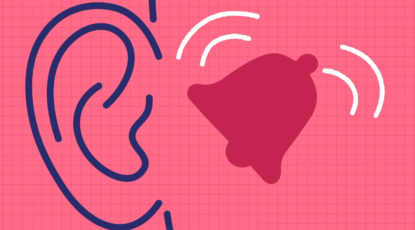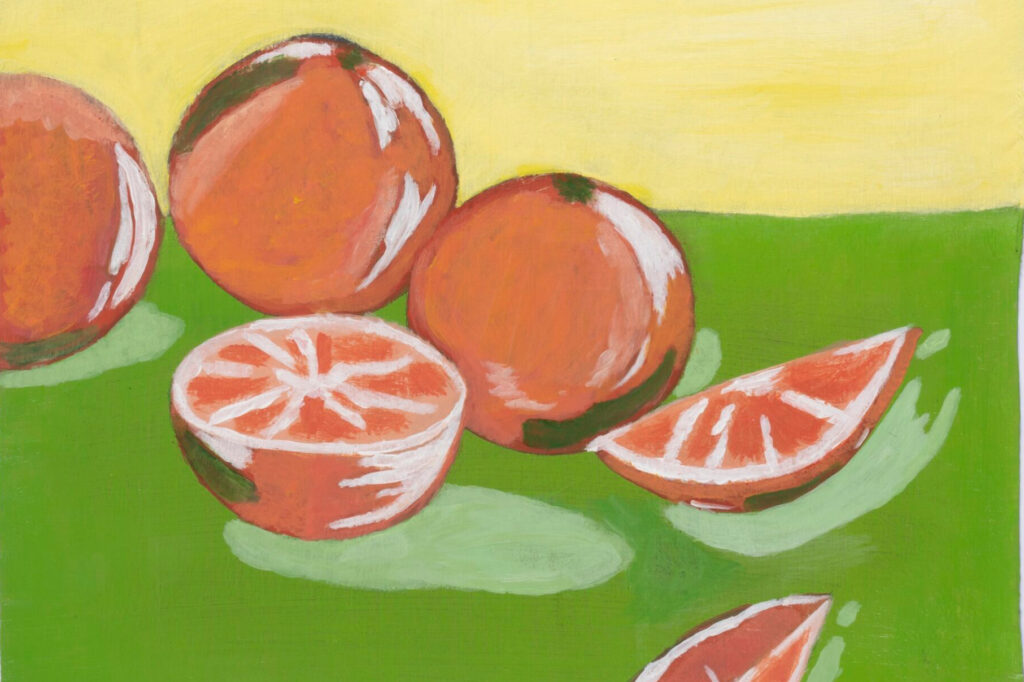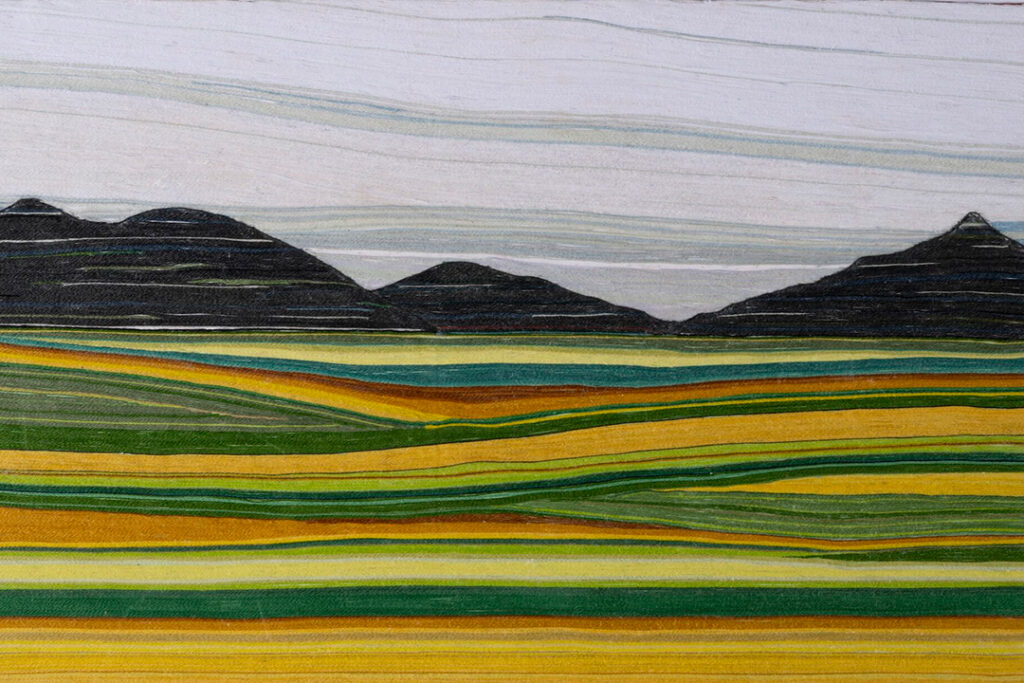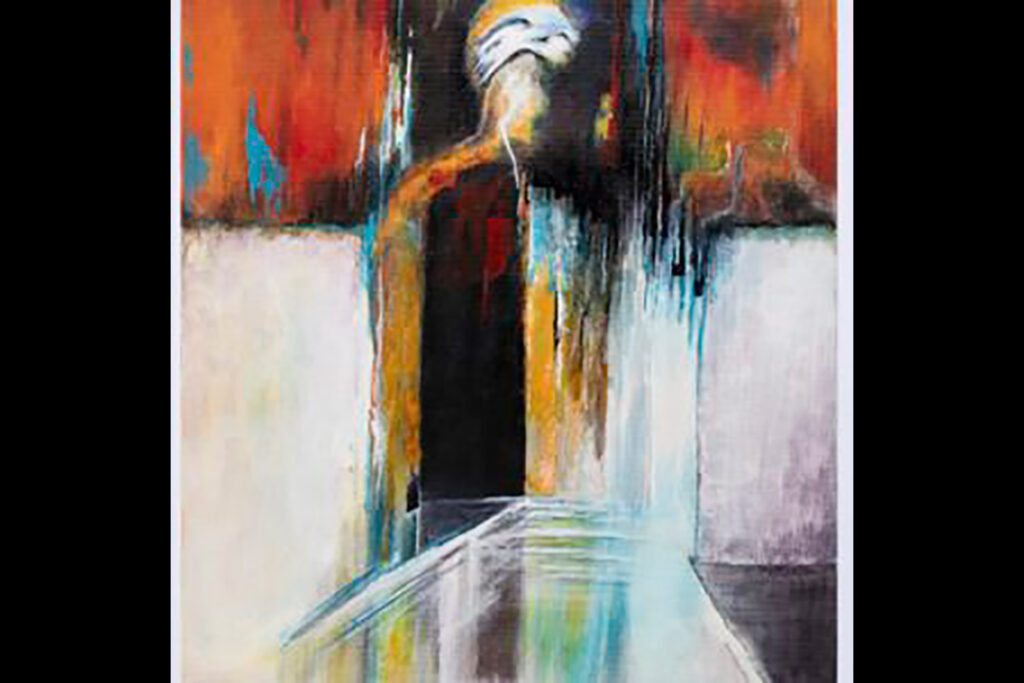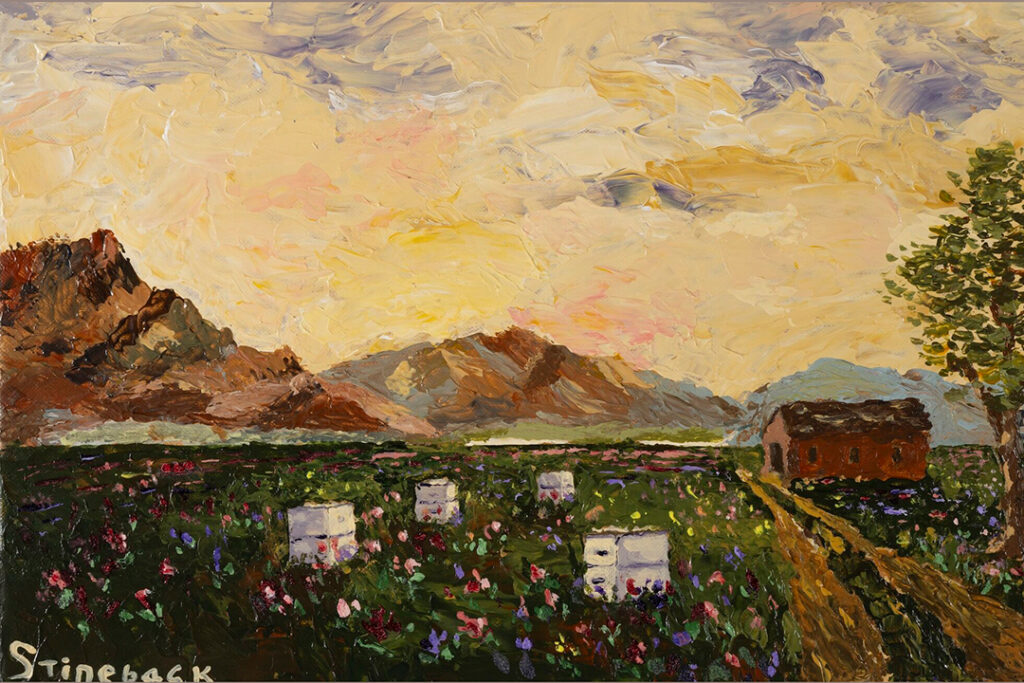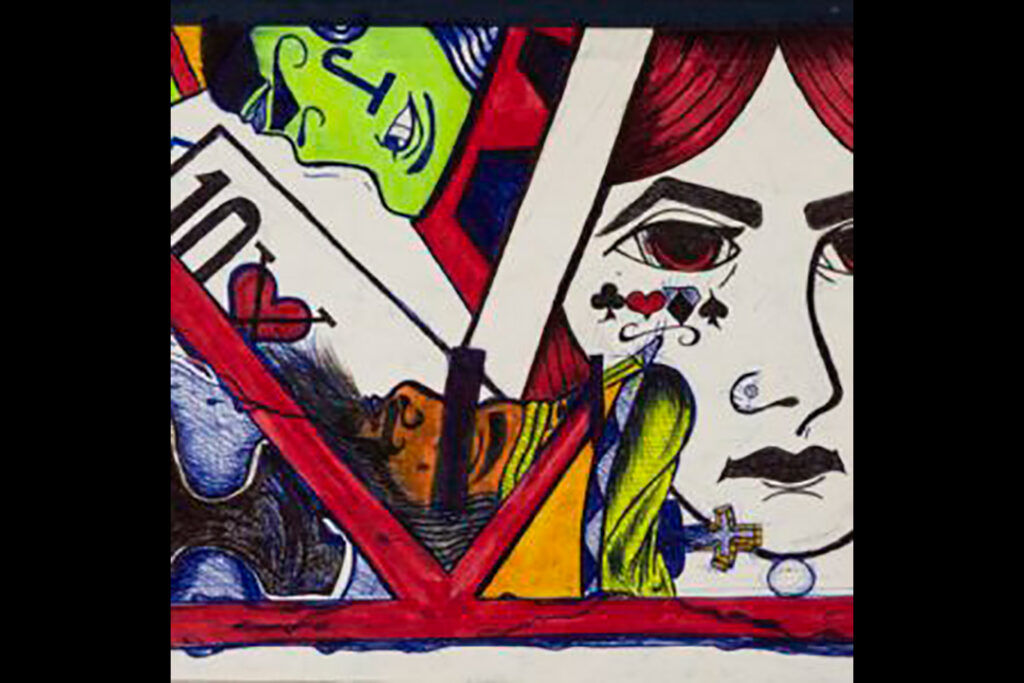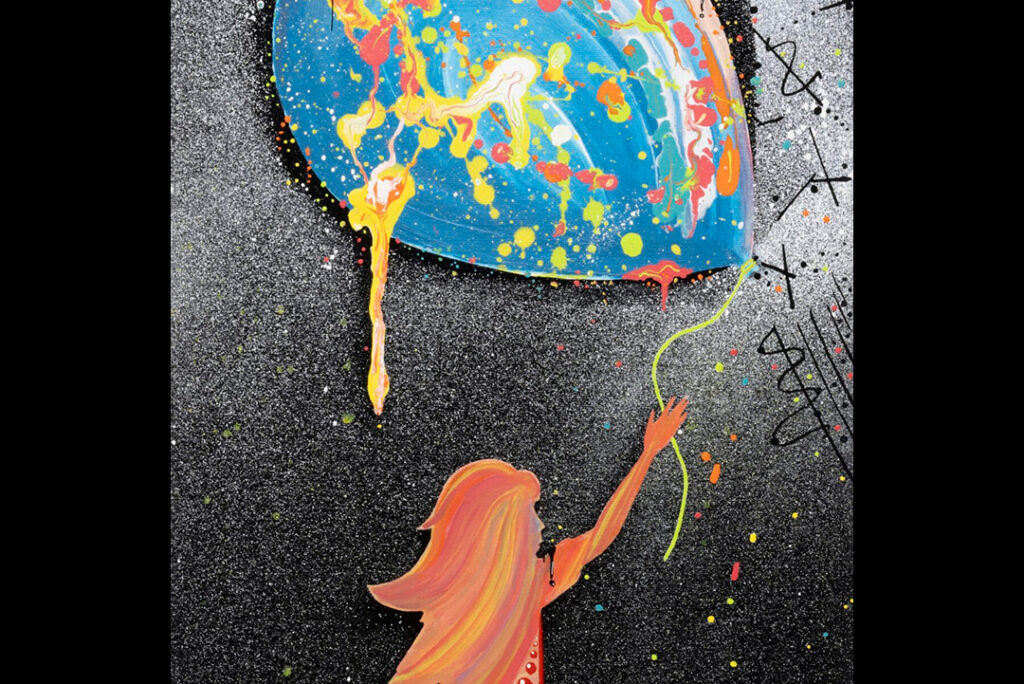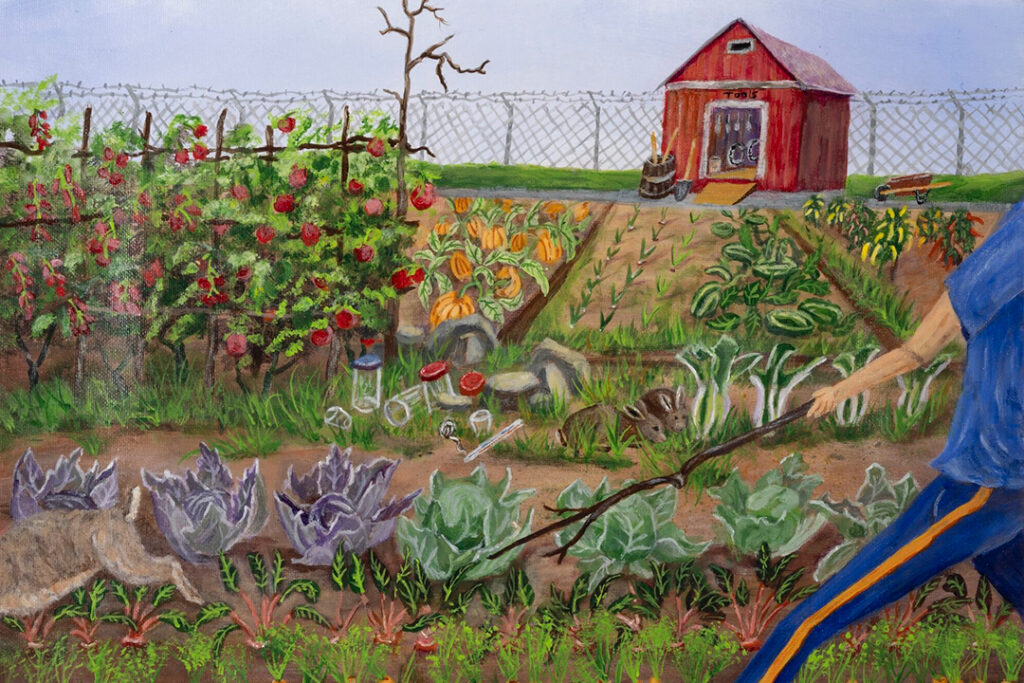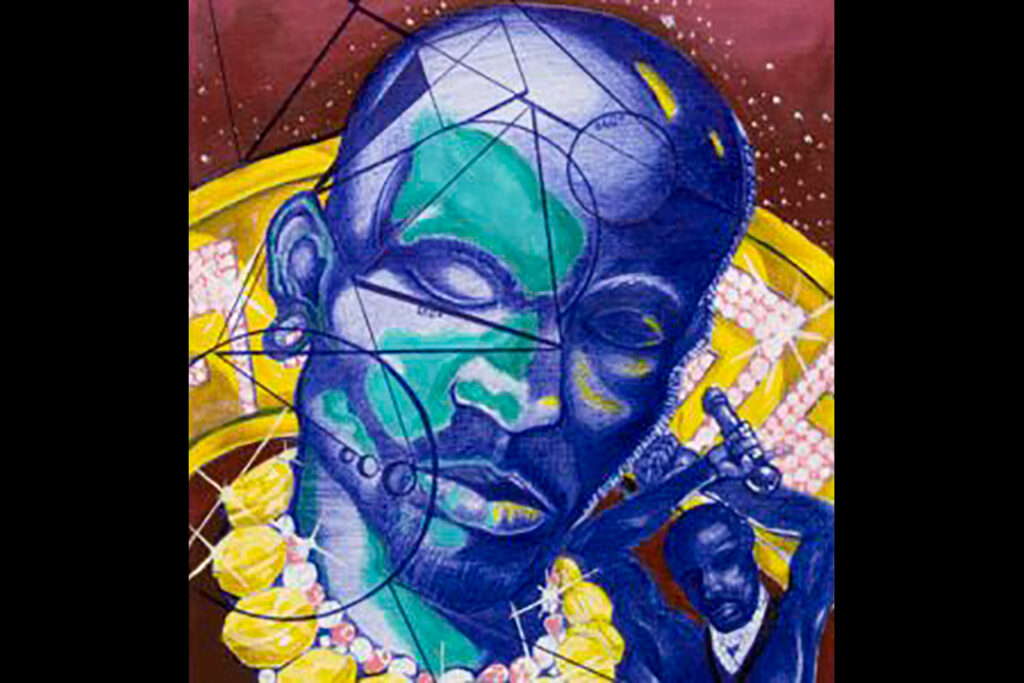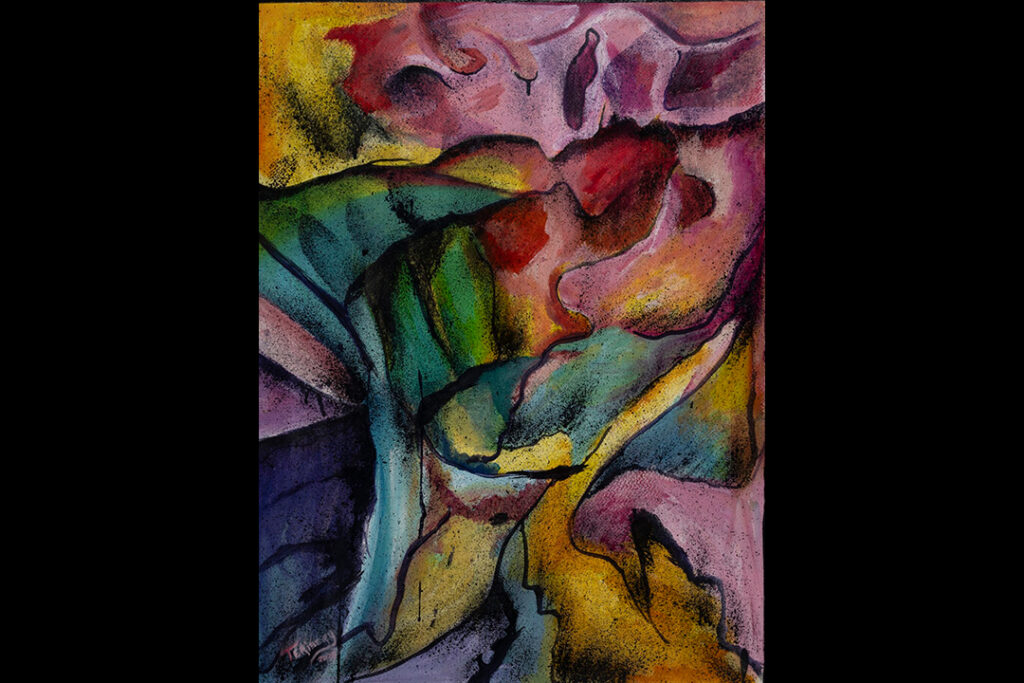Ono highlights impact of state support on student success, affordability, economic growth
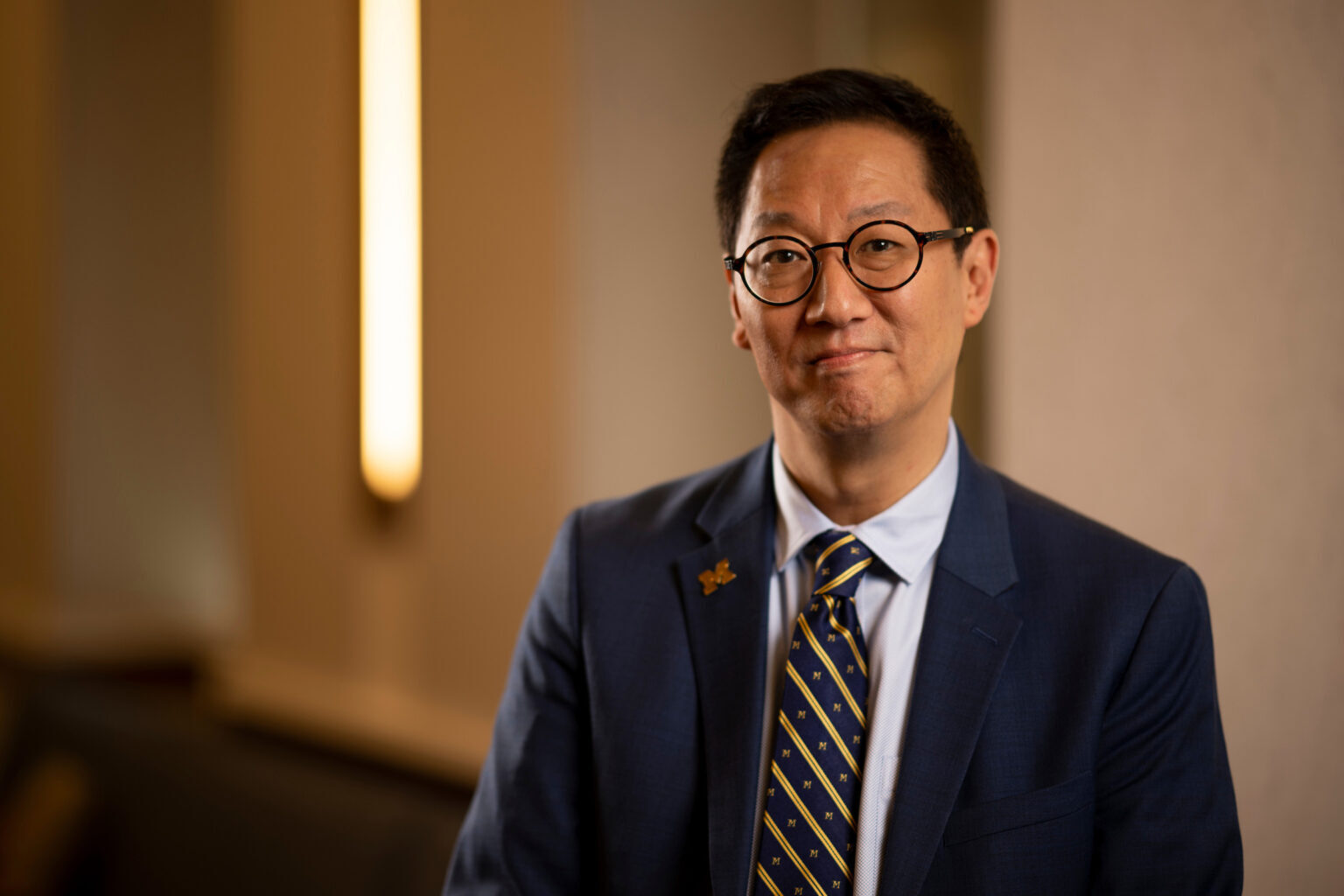
In testimony before the Michigan House Appropriations Subcommittee on Higher Education and Community Colleges in Lansing on April 30, President Santa J. Ono reinforced the vital role state funding plays in furthering the success of students, driving economic development, and maintaining affordable access to a world-class higher education experience for students across the state.
-
U-M-led Apple Hearing Study reveals prevalence of tinnitus
About 78% of participants in the Apple Hearing Study, conducted by researchers at U-M, have experienced tinnitus — the perception of sound that others do not hear. The study focused on the demographics and characteristics of people with tinnitus to inform future research on potential treatments.
-
Count your blessings: It often happens when others help, not self-achieved
If you focus on overcoming life’s barriers rather than the blessings that make life easier, you’re not alone. A new University of Michigan study indicated that people aren’t always good at noticing the advantages they enjoy compared to the disadvantages they overcame.
-
Most local officials support rooftop solar, a majority opposes nuclear power
Michigan’s local leaders overwhelmingly support adding rooftop solar infrastructure in their communities, while a majority strongly oppose developing nuclear power. According to the Michigan Public Policy Survey, 86% of local government leader respondents either strongly or somewhat support adding rooftop solar panels.
-
U.P. Scholars Program makes U-M degree a reality
Adjusting to Ann Arbor was easier with help from the U.P. Scholars Program, which provides need-based scholarships for limited-income students of up to $15,000 per year for four years. The program also provides social, academic and professional support.
-
AI chips could get a sense of time
Timekeeping in the brain is done with neurons that relax at different rates after receiving a signal; now memristors—hardware analogues of neurons—can do that too. Artificial neural networks may soon be able to process time-dependent information, such as audio and video data, more efficiently.
-
Michigan’s affirmative action debate
To settle the Black Action Movement strike in 1970, the University promised enough financial aid to raise Black enrollment to 10 percent. The aid promise was kept. But Black enrollment rose only by small increments through the 1980s. So Black students and their supporters insisted that U-M do more. (Part 2 of a 2-part series.)
Columns
-
President's Message
Reaffirming our focus on student access and opportunity
U-M seeks to ensure every student will rise, achieve, and fulfill their dreams. -
Editor's Blog
Peace out
It's a mad, mad, mad, mad world out there. -
Climate Blue
Keeping our focus on climate
As federal support for climate science wanes, Ricky Rood remains hopeful. -
Health Yourself
Are you an ‘ager’ or a ‘youther’?
Why do some people appear younger or older than people born in the same year?
Listen & Subscribe
-
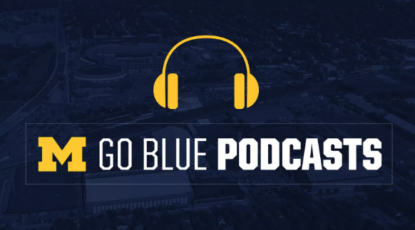
MGo Blue podcasts
Explore the Michigan Athletics series "In the Trenches," "On the Block," and "Conqu'ring Heroes." -
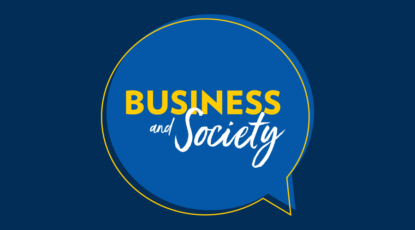
Michigan Ross Podcasts
Check out the series "Business and Society," "Business Beyond Usual," "Working for the Weekend," and "Down to Business." -
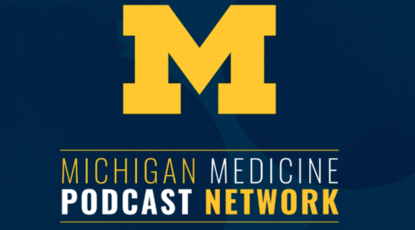
Michigan Medicine Podcasts
Hear audio series, news, and stories about the future of health care.
In the news
- Space.com James Webb Space Telescope finds coldest exoplanet ever seen, and it orbits a dead star
- USA Today DTE Energy, other utilities wrestle with extreme weather, deregulation and rising costs
- The Conversation A Michigan research professor explains how NIH funding works—and what it means to suddenly lose a grant
Creativity and connection across prison walls
One of the world’s largest and longest-running exhibitions of incarcerated artists is back with new programming designed to foster connection and deepen public understanding of incarceration in Michigan. The 29th annual Exhibition of Artists in Michigan Prisons, curated by U-M’s Prison Creative Arts Project, showcases 772 artworks by 538 artists incarcerated in 26 state prisons. The Duderstadt Center Gallery on U-M’s North Campus is presenting the artwork through April 1.

